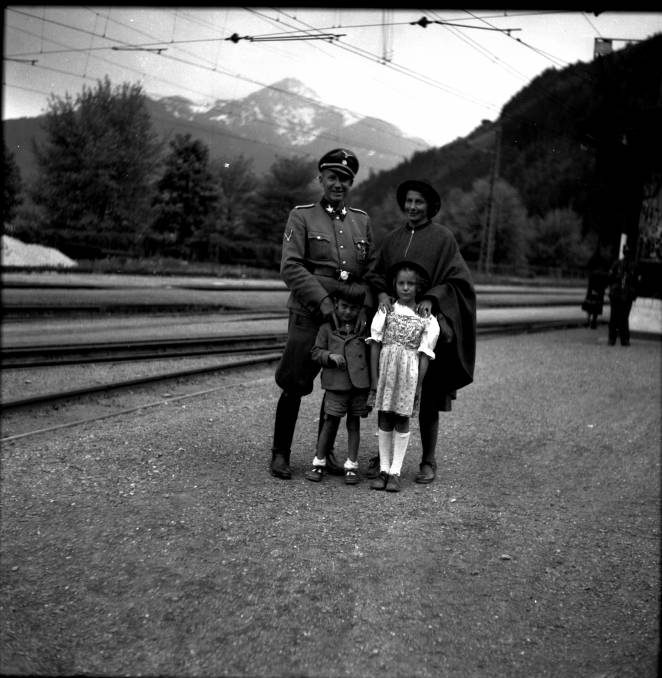As forensic history, The Ratline is about as good as it gets. In this book you feel and smell the documents on which all history is based. You work on them, you tussle with them. You participate in the interpretation and the explications of the documents as if you need to write the history yourself.
It is an absorbing intellectual exercise and also as engaging as a John Le Carre novel. (David Cornwell, John Le Carre in real life, is also one of a host of witnesses in this book).
The author, Philippe Sands, is an academic working in Britain with as tenacious a mind as you will ever encounter.
The plotline is relatively simple and straightforward. Otto Wachter, a well-educated, middle class citizen of Vienna marries into a wealthy family and would seem to have a good career in front of him. But he has to chose between commerce and politics and he chooses politics. Nazi politics. He, and his wife Charlotte, passionately believe in the ideas and world that Hitler will build and they desperately want to be building it with him.
Wachter progresses and, indeed, wins the high approval of Heinrich Himmler and, with his patronage, travels up the Nazi hierarchy to great heights.
After a series of important postings Wachter becomes governor of Galicia (western Ukraine) and with his headquarters in Lvov (known to the Germans as Lemberg) he is responsible for the deportation and death of possibly 800 000 Jews, disabled and gypsies. Previously Wachter had erected ghettos wherever he was posted including Krakow.
We meet Horst Wachter, the fourth child of Otto and Charlotte Wachter at the very beginning of this book and he is a constant and perplexing presence throughout. He makes his mother’s extensive archive available to Philippe Sands, allowing us to know an enormous amount about his father.
Read the article by Michael McKernan in the Illawarra Mercury.

